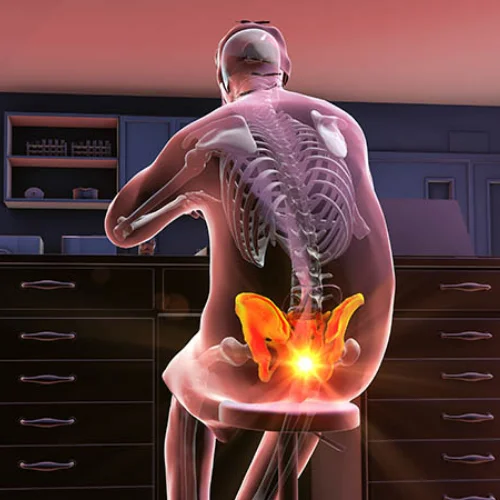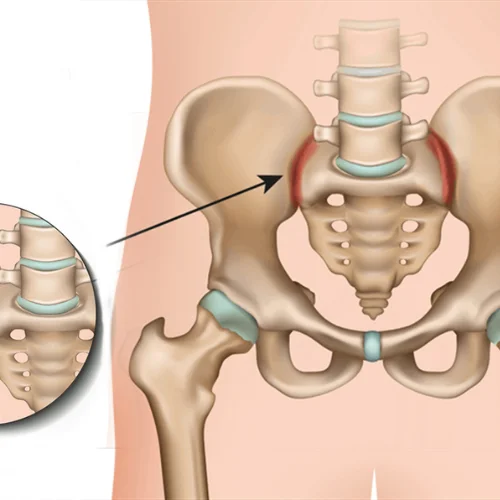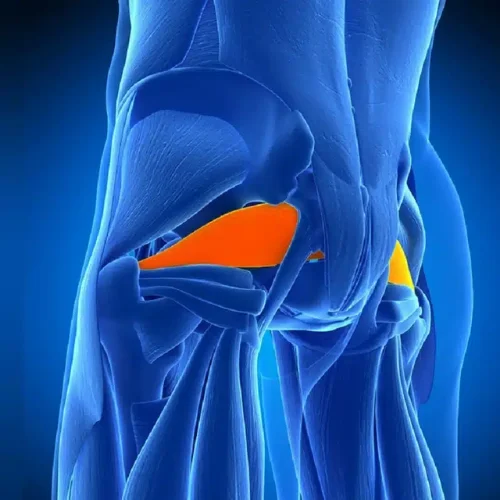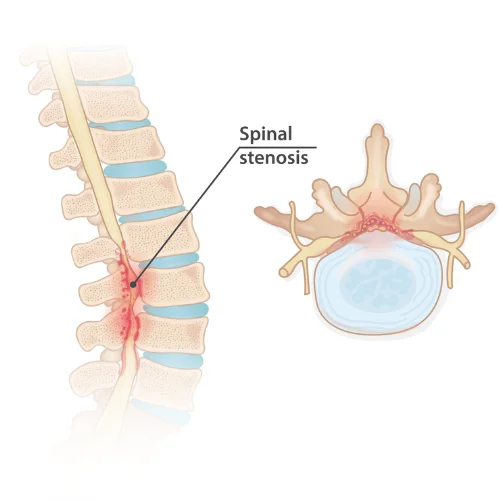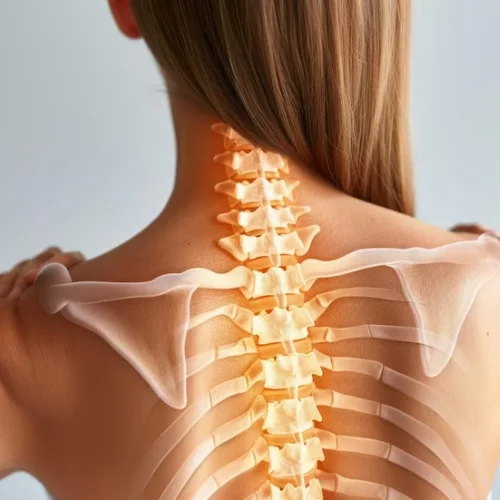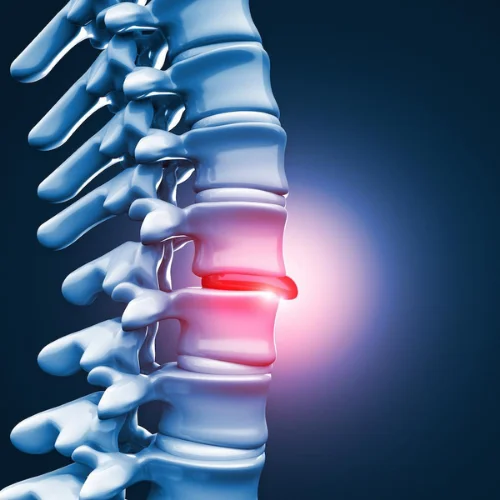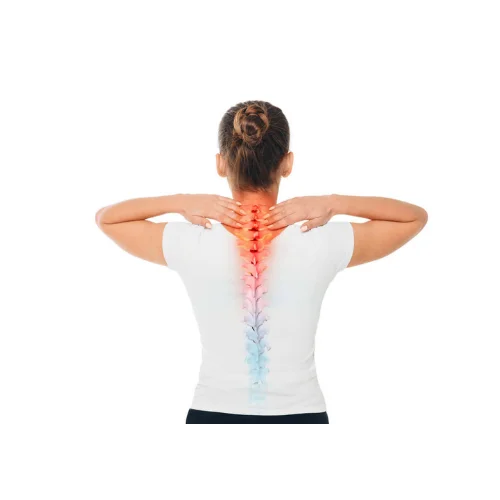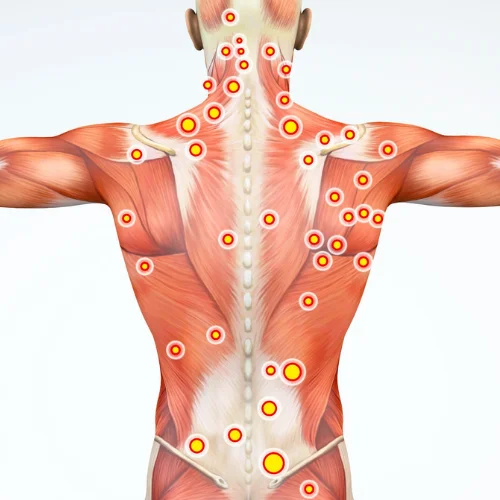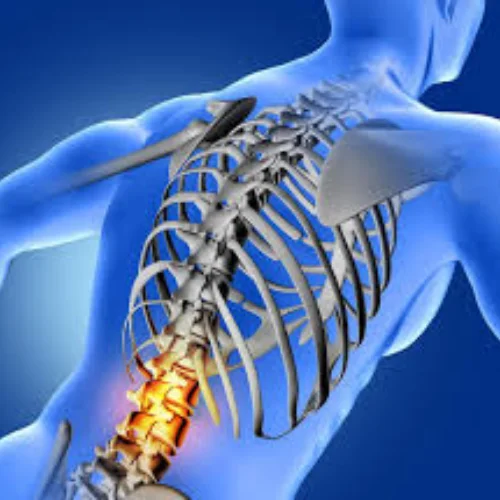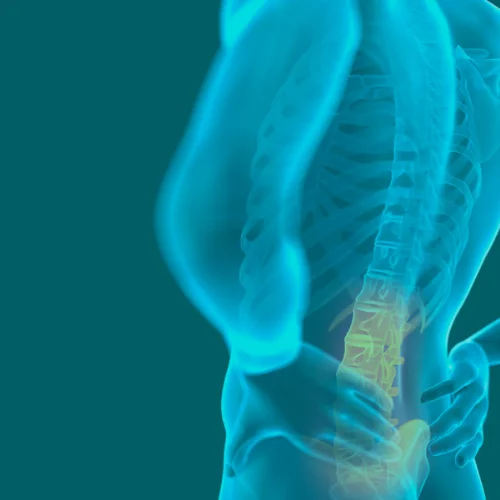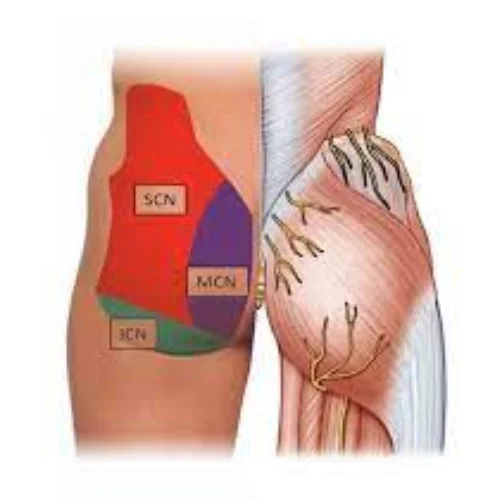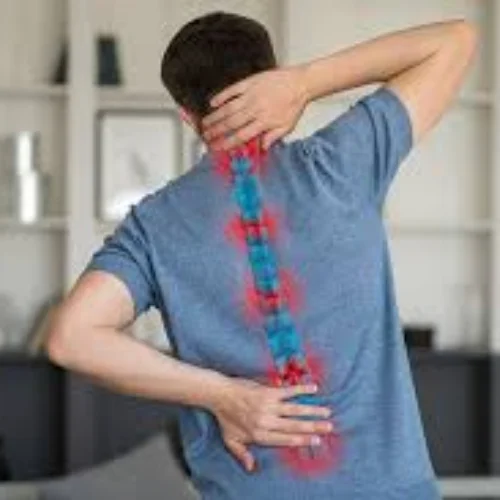Working Time
Book Appointment
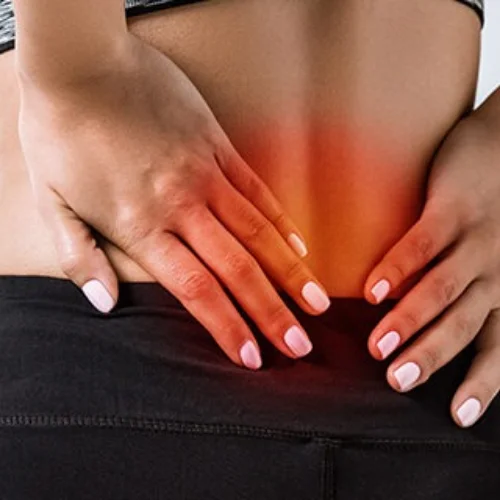
When do you need Low Back Pain Treatment?
Treatment or interventions for low back pain are typically necessary when the pain persists for more than a few days to a week, or if it's severe and debilitating. However, the specific need for treatment depends on various factors, including the cause and severity of the pain, as well as the individual's overall health and lifestyle.
Where is your Lower Back Pain Coming From?
Lower back pain often originates from the structures of the spine and back muscles. It is crucial to identify the exact origin of the pain through a proper diagnosis to ensure that treatment is targeted effectively and does not fail. Some common causes are
Disc herniation: When the soft material inside a spinal disc bulges or ruptures, pressing on nearby nerves and causing pain in back and legs.
Muscular pain and trigger points: Strain or injury to the muscles of the lower back, which can lead to localised pain or the development of trigger points, which are tender areas within the muscle tissue.
Discogenic pain: Pain originating from the intervertebral discs due to degeneration or damage, specifically the annular tear - often causing chronic low back pain.
Vertebral fracture: A break in one of the vertebrae, which can occur due to trauma, osteoporosis, or other underlying conditions, leading to sharp or intense pain.
Facet arthritis: Degeneration or inflammation of the facet joints, which are located between the vertebrae in the spine, resulting in pain and stiffness in the lower back.
Sacroiliac joint dysfunction: Dysfunction or inflammation of the sacroiliac joint, which connects the sacrum (base of the spine) to the pelvis, causing pain in the lower back and buttocks.
Pain radiating from abdominal structures: Conditions such as kidney stones, urinary tract infections, or abdominal aortic aneurysm can cause pain that radiates to the lower back.
These are some common causes of low back pain, but there can be other contributing factors as well.
What are treatments for Lower Back Pain and Back Injuries?
After a back injury, immediate relief measures like hot baths or rest are common, but they should be seen as short-term solutions. While practices like icing and compression provide quick relief, they aren't sustainable long-term remedies. It's crucial to incorporate comprehensive approaches, including exercise, posture awareness, and professional guidance, for lasting back health.
- Physical Therapy
- Trigger Point Therapy and Myofascial Release
- Muscle Energy Techniques
- Home Exercise Programs
- Various Non-Surgical Injections
- Epidural neuroplasty
- Joint interventions
- Various Non-Surgical Blocks
- Interventional Procedures
- Endoscopic Spine Procedure
Ready to address your back pain? Schedule an appointment at Dr. Tushar Clinic, where our Pain and Spine Specialists provide personalised care – call us on Dr. Tushar Clinic's Phone Number to book your consultation today.
Conditions


